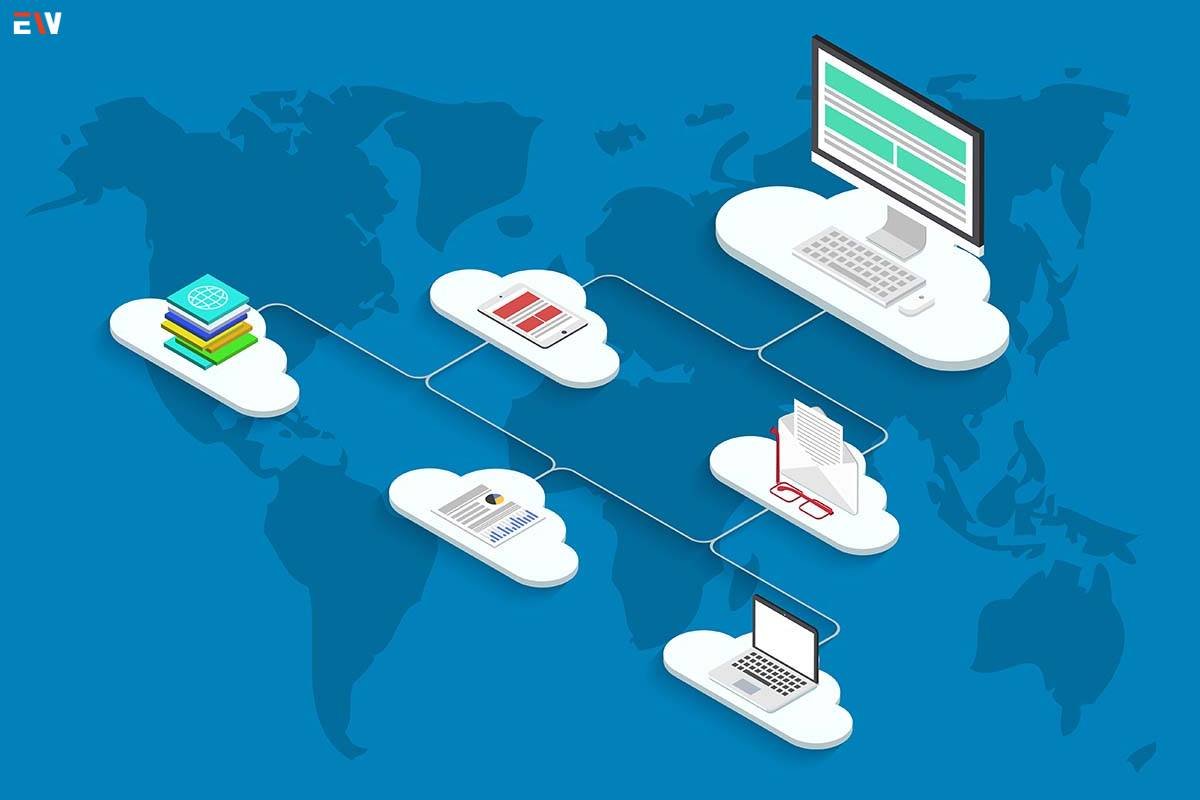Today, digital transformation is at the forefront of business operations, and the term “multi-cloud strategy” has gained immense prominence. With the increasing reliance on cloud technology, organizations are looking for ways to optimize their cloud usage and enhance their operations. In this blog, you will get to learn about its benefits, challenges, and best practices, guiding you through the digital sky.
Unpacking the Multi-Cloud Strategy
A multi-cloud strategy is the practice of using multiple cloud providers to meet different business needs. Instead of relying on a single cloud platform, organizations leverage a combination of public, private, or hybrid clouds to diversify their cloud capabilities.
Key Components:
- Multi-Vendor Approach: Organizations choose multiple cloud providers, such as AWS, Azure, Google Cloud, or others, to avoid vendor lock-in and enhance flexibility.
- Diverse Workloads: Different workloads, applications, and data sets may be hosted on different cloud platforms based on their specific requirements.
- Geographic Distribution: Organizations may use cloud providers with data centers in various geographic locations to ensure low-latency access to users and data redundancy.
- Disaster Recovery: Multi-cloud setups provide robust disaster recovery options, ensuring data resilience in the event of outages or disasters.
Benefits of a Multi-Cloud Strategy:

- Redundancy and High Availability: Multi-cloud architectures offer redundancy, reducing the risk of downtime and ensuring high availability of services.
- Cost Optimization: By selecting the most cost-effective cloud service for each workload, organizations can manage their cloud expenses more efficiently.
- Vendor Independence: Avoiding vendor lock-in allows organizations to negotiate better terms and prevent dependency on a single provider.
- Compliance and Data Sovereignty: Multi-cloud enables compliance with data sovereignty laws by allowing data to be stored in specific geographic regions as required.
- Innovation and Agility: Different cloud providers offer various tools and services, empowering organizations to leverage innovation and stay agile.
What are the challenges?
While the advantages of a multi-cloud strategy are evident, it’s essential to recognize and address the challenges associated with this approach:
- Complexity: Managing multiple cloud providers and services can be complex, demanding a robust management and orchestration layer.
- Security and Compliance: Coordinating security measures and ensuring compliance across multiple platforms can be challenging.
- Cost Control: Without proper management, multi-cloud can lead to cost inefficiencies as expenses accumulate across providers.
- Interoperability: Ensuring that data and applications can seamlessly operate across different cloud environments may require significant effort.
- Skills and Training: IT teams need to be well-versed in multiple cloud platforms, which can demand extensive training and skill development.
Best Practices for Implementing a Multi-Cloud Strategy
To ensure a successful implementation, organizations should consider the following best practices:

- Comprehensive Planning: Start with a detailed strategy that defines objectives, workloads, and the selection of cloud providers based on business needs.
- Automation and Orchestration: Implement automation and orchestration tools to manage the provisioning and scaling of resources across multiple clouds.
- Security Across the Board: Develop a consistent security framework that covers all cloud platforms, including identity and access management, encryption, and monitoring.
- Cost Management: Utilize cost management tools to monitor and optimize expenses across various cloud providers.
- Vendor Relationships: Build strong relationships with cloud providers to benefit from their support and insights.
Are there any Real-World Applications?
- Netflix: Netflix uses a multi-cloud strategy, relying on Amazon Web Services (AWS) and Google Cloud Platform (GCP) for its streaming services. This approach ensures uninterrupted service and data resiliency.
- Spotify: Spotify employs a multi-cloud approach, utilizing both Google Cloud and AWS. This helps the music streaming giant ensure low latency and robust data storage.
- Airbnb: Airbnb leverages a multi-cloud strategy by using AWS, Google Cloud, and other providers. This ensures that their platform remains available and responsive to users worldwide.
Future Trends in Multi-Cloud Strategy
As technology continues to evolve, the landscape of multi-cloud strategy is not static. Several trends are shaping the future of multi-cloud adoption, and staying informed about these trends can be instrumental for organizations seeking to maximize the benefits of this approach:

- Edge Computing Integration: With the proliferation of Internet of Things (IoT) devices and the need for real-time processing, edge computing is becoming more prominent. Multi-cloud strategies will increasingly incorporate edge computing resources, enabling data processing and analysis at or near the data source, resulting in reduced latency and improved efficiency.
- Serverless Computing: Serverless computing, where cloud providers handle the infrastructure, is gaining traction. Multi-cloud environments will integrate serverless services to further streamline application development and deployment.
- AI and Machine Learning Integration: Cloud providers are investing heavily in AI and machine learning services. Multi-cloud strategies will harness the power of AI and machine learning to gain insights from data across multiple clouds, enhancing decision-making and personalization.
- Security and Compliance Automation: Automation and AI-driven security tools will play a significant role in multi-cloud environments. These tools will help in continuous security monitoring, threat detection, and compliance enforcement across various cloud platforms.
- Sustainability and Green Cloud Initiatives: As environmental concerns grow, multi-cloud strategies will align with sustainability goals. Organizations will seek cloud providers committed to green initiatives, aiming to reduce their carbon footprint and energy consumption.
- Enhanced Data Management: With data volumes continually increasing, multi-cloud strategies will emphasize improved data management and analytics. Organizations will invest in data lakes and data governance tools to extract valuable insights from their multi-cloud data repositories.
Summing Up
In the ever-evolving landscape of technology, a multi-cloud strategy has become a crucial element in the digital toolkit of modern organizations. The flexibility, redundancy, and cost-efficiency it offers make it an attractive option for businesses seeking to harness the power of cloud computing. However, implementing and managing this strategy comes with its own set of challenges. Success hinges on comprehensive planning, robust automation, security measures, and continuous cost management.










